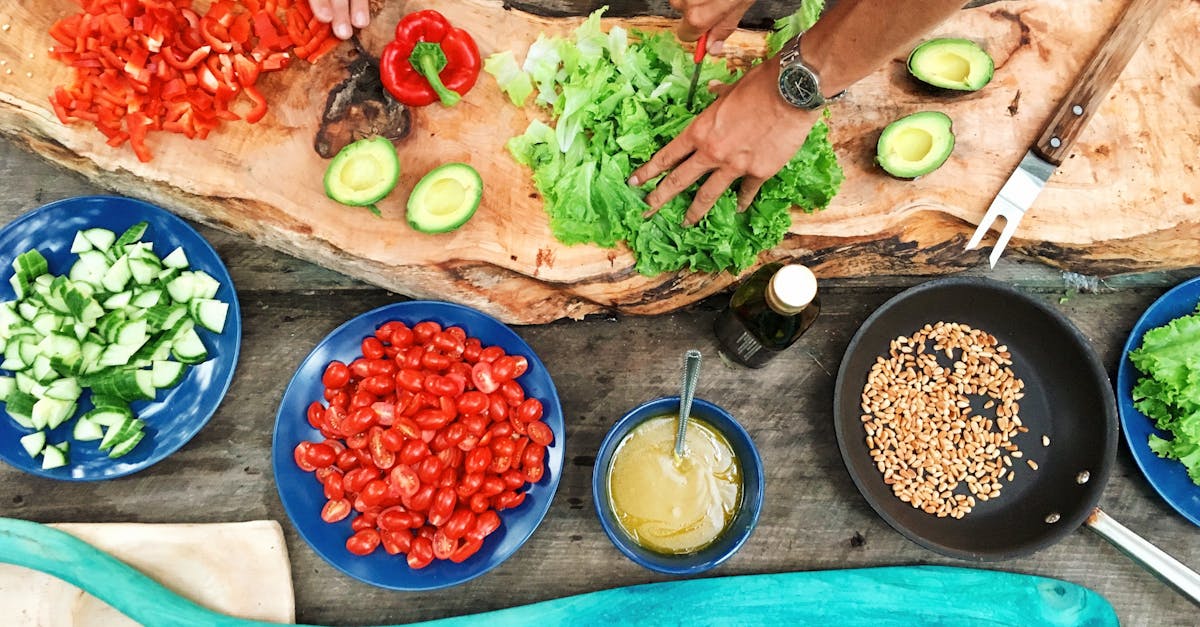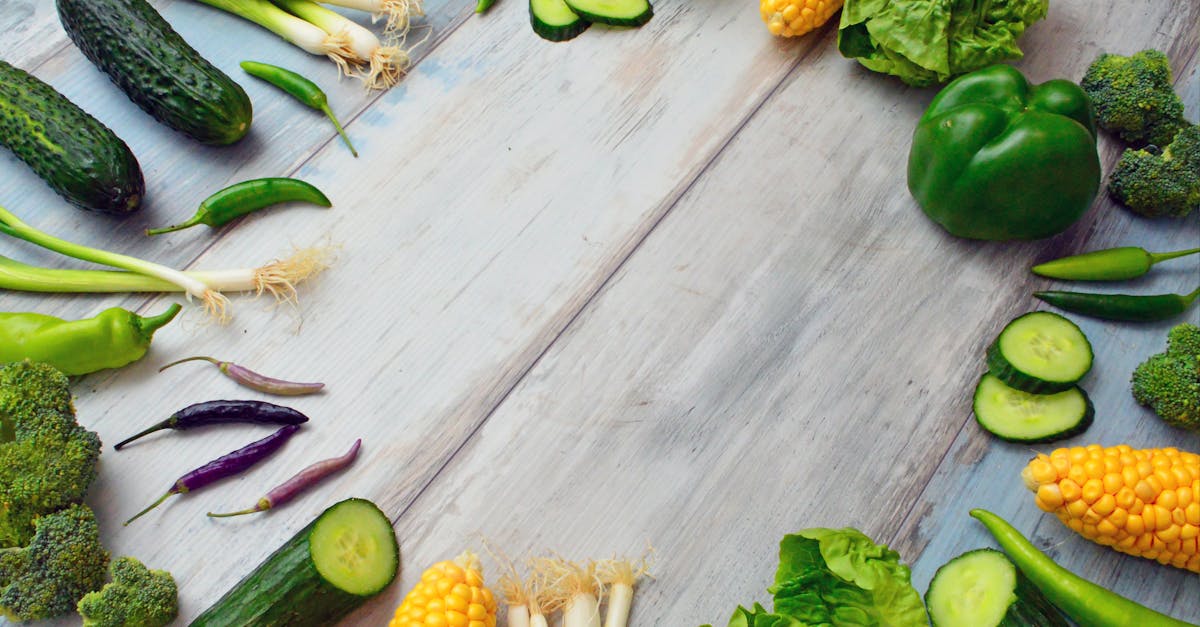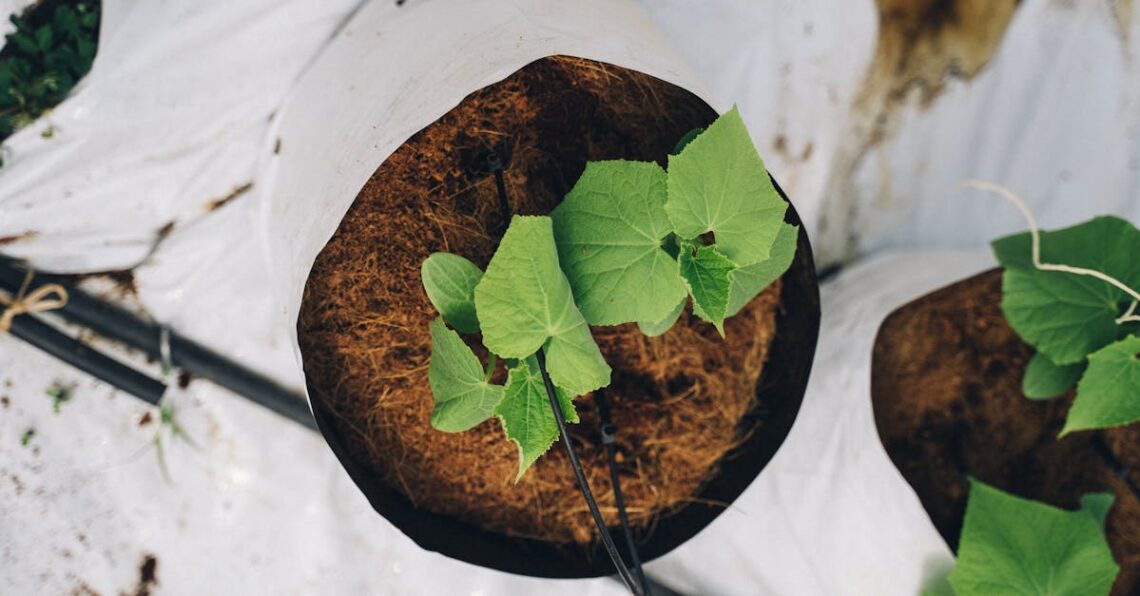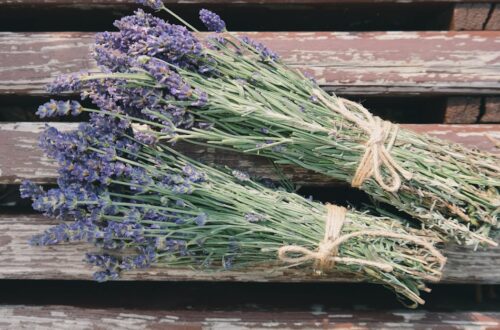Growing cucumbers from seeds is an enriching experience that transforms your gardening efforts into a rewarding pursuit. Embracing this journey not only enhances your gardening skillset but also allows you to enjoy fresh, crisp cucumbers right from your backyard. This article outlines expert steps on how to successfully grow cucumbers from seeds, ensuring you achieve a bountiful harvest.
1. Choosing the Right Seeds
Choosing the right seeds is crucial for successful cucumber gardening. There are various types of cucumber seeds available, including slicing, pickling, and burpless varieties. For optimal growth, select seeds that are well-suited for your climate. For example, in regions with shorter growing seasons, early-maturing cucumbers are ideal.
When selecting seeds, consider local varieties that have proven resilient in your area. These cultivars not only thrive better but also yield abundant produce. By focusing on quality seeds and choosing the right types, you can enhance your chances of successfully growing cucumbers from seeds. Start your gardening journey with informed decisions to reap the best harvests!
Types of Cucumber Seeds
Slicing, pickling, and burpless are popular cucumber seed types.
Best Seed Varieties for Your Region
Local varieties often yield better results in specific climates.

2. Preparing the Soil
To ensure healthy cucumber growth, start by preparing the soil effectively. The ideal soil type for cucumbers is well-draining, fertile loam, enriched with organic matter such as compost. This nutrient-rich environment promotes robust root development and enhances moisture retention. Additionally, cucumbers thrive when soil pH ranges between 6.0 and 6.8. Regular testing is vital; too acidic or alkaline conditions can hinder growth. For optimal yields, mix organic fertilizers before planting. This preparation phase is critical in successfully nurturing cucumbers; taking the right steps can lead to a flourishing crop. Consider also incorporating crop rotation techniques to maintain soil health from season to season. Ready your soil properly for a bountiful harvest!
Soil Type and Nutrients
Ensure the soil is enriched with organic material to boost nutrient availability.
pH Level Considerations
A pH of 6.0 to 6.8 is ideal for healthy cucumber plants.

3. Planting Seeds
To ensure vigorous growth when planting seeds, the optimal depth for cucumber seeds is about one inch. This allows the seeds to absorb moisture effectively while being protected from pests and harsh weather. Generally, planting in soil temperatures between 70°F and 95°F promotes quicker germination, making it an excellent time to start growing cucumbers from seeds. Furthermore, ideal spacing is crucial; aim for a distance of 36 to 42 inches apart in rows. This allows ample space for the vines to spread and receive adequate sunlight. Additionally, rows should be spaced 6 to 8 feet apart to facilitate easy maintenance. Ensure you plan your layout wisely to enhance overall growth and yield, making your gardening experience more successful.
Optimal Planting Depth
Cucumber seeds should be planted roughly one inch deep in well-draining soil to facilitate moisture absorption.
Spacing and Layout Tips
Space your cucumber plants 36 to 42 inches apart and allow 6 to 8 feet between rows for optimal growth.

4. Watering Practices
Effective watering practices are crucial for successful cucumber growth. It’s important to water your cucumber seeds consistently, aiming for at least 1-2 inches of water per week. This could increase during hotter days. Ensure that the soil is moist but never waterlogged; the balance is essential. Signs of underwatering include drooping leaves, while yellowing leaves may indicate overwatering. Monitor your plants carefully, as cucumbers thrive in well-drained soil. Keeping an eye on your plants will guide you to when to adjust your watering schedule, leading to healthy and productive vines as you embark on the journey of growing cucumbers from seeds.
Frequency and Amount
Cucumbers require regular watering, ideally 1-2 inches weekly. Adjustments may be necessary during hotter periods.
Signs of Overwatering or Underwatering
Underwatering shows as drooping leaves, while yellowing leaves suggest overwatering. Proper observation is key.

5. Fertilizing for Growth
Effective fertilization is crucial for cultivating robust cucumbers. Choosing between organic and chemical fertilizers depends on your gardening philosophy and desired outcomes. Organic fertilizers, like compost and manure, enrich the soil with essential nutrients while enhancing its microbial life. Conversely, chemical fertilizers offer targeted nutrients with immediate availability, promoting fast plant growth.
When it comes to timing, fertilizing is best done before planting seeds and at key growth stages—especially during flowering and fruit set. A balanced approach, incorporating nutrients gradually, ensures healthy cucumber plants throughout the season. This method not only optimizes yield but also contributes to the overall health of your garden. Start implementing these fertilization strategies today to witness impressive results!
Organic vs. Chemical Fertilizers
Organic fertilizers enrich soil health and improve sustainability.
When and How to Fertilize
Fertilize pre-planting and during key growth stages to boost yield.

6. Managing Pests and Diseases
Cucumbers are susceptible to several pests and diseases that can hinder their growth and yield. Common pests include aphids, cucumber beetles, and spider mites, which can cause significant damage if left unchecked. Implementing natural solutions such as introducing predatory insects like ladybugs can help manage these pests effectively. Furthermore, ensuring proper air circulation and watering practices can prevent fungal diseases like powdery mildew. Treating plants with organic fungicides can further protect them from such diseases. For the best results, monitor your cucumber plants regularly and take immediate action at the first sign of infestation or illness. This proactive approach lays the foundation for thriving cucumbers and maximizes your harvest.
Common Pests to Watch Out For
Look out for aphids, cucumber beetles, and spider mites that can damage your plants.
Preventive Measures and Treatments
Utilize organic pesticides and introduce beneficial insects to combat pest issues.

7. Harvesting Your Cucumbers
Harvesting cucumbers at the right time is crucial for optimal flavor and crunch. Typically, cucumbers are ready for harvesting about 50 to 70 days after planting seeds, depending on the variety. Monitor your plants closely as the fruits reach 6 to 8 inches in length. The best time to pick them is when they are firm and glossy, indicating they are at their peak ripeness. If you wait too long, they may become bitter and overly ripe, affecting both taste and texture. Regular harvesting encourages further production, so keep an eye on your cucumbers and enjoy the rewards of your gardening efforts!
When to Harvest
To determine the right time for harvesting cucumbers, look for the glossy skin and proper size ranging from 6 to 8 inches. This ensures they are sweet and crunchy. Check your plants frequently to avoid overripening, which can lead to bitterness.
How to Properly Harvest Cucumbers
Use a sharp knife or garden shears to cut the cucumber from the vine, leaving a small portion of the stem attached. Avoid twisting or pulling, as this can damage the plant.

Conclusion
Successfully growing cucumbers from seeds involves paying attention to every stage from seed selection to harvesting. By following these detailed steps, you can ensure a healthy yield of cucumbers that enhances your meals while allowing you to enjoy the fruits of your labor.






